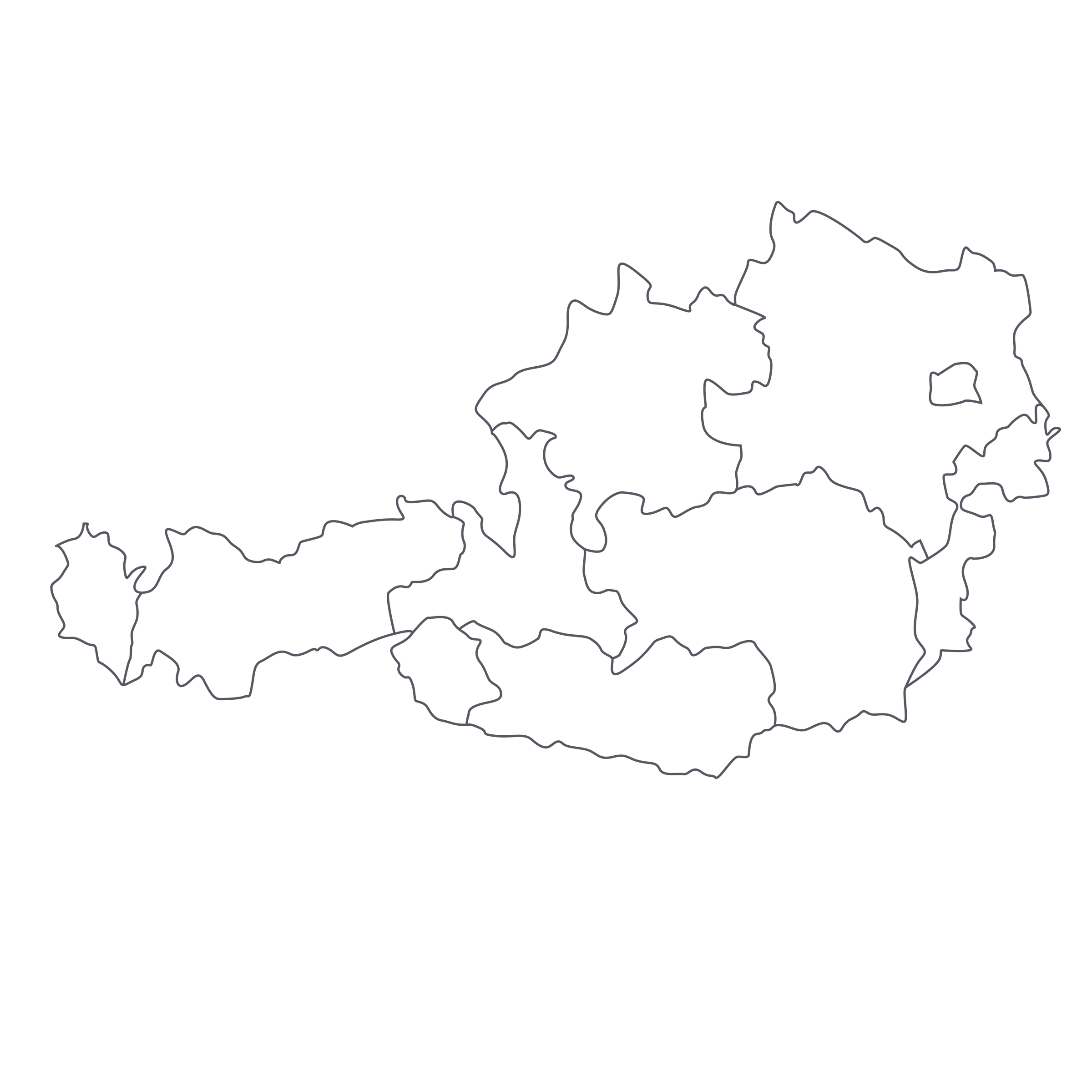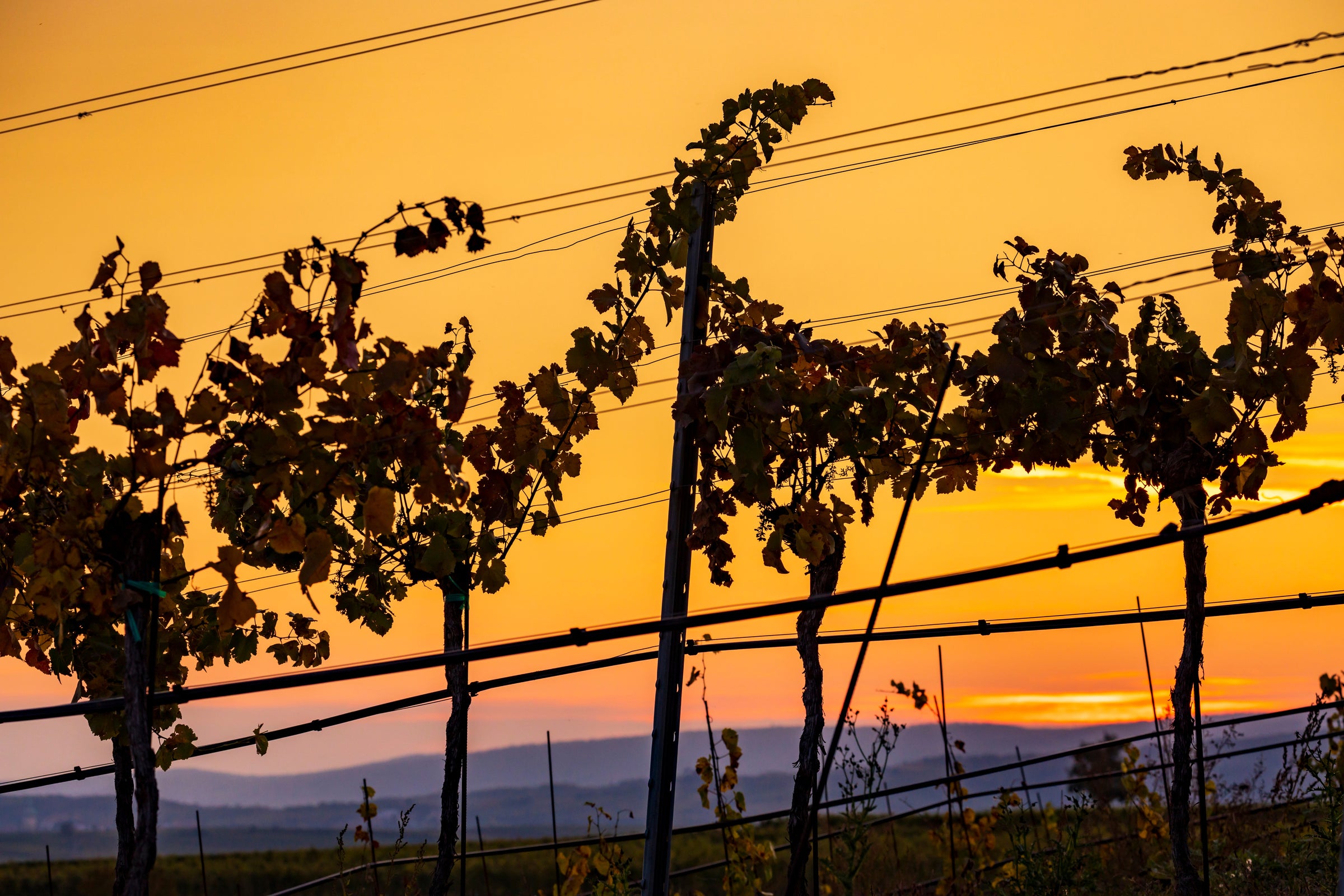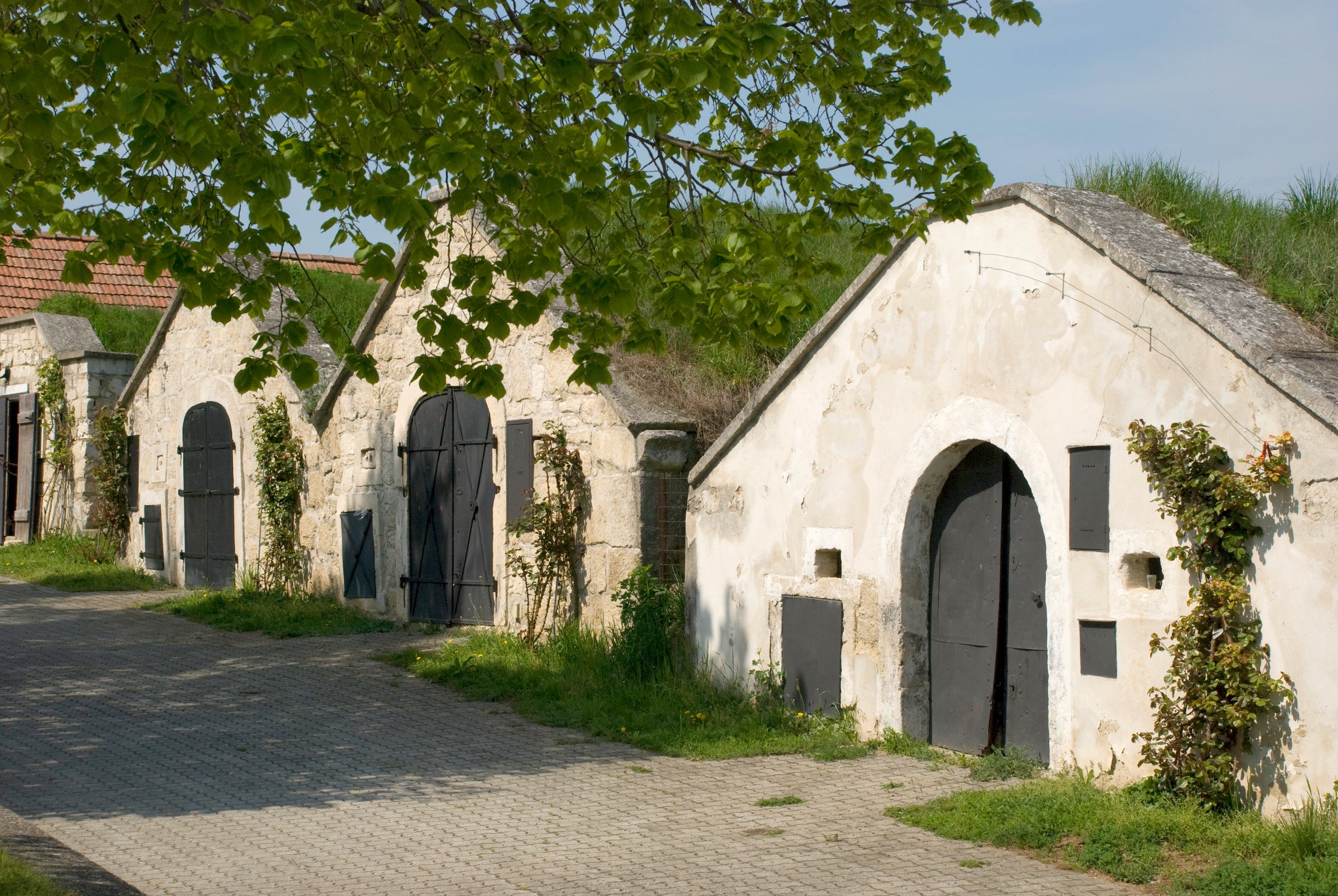As most of our subscribers know, I love Austrian white wine: Grüner Veltliner and Riesling from the Danube River Valley would both be “desert island” picks for me, but today I’ve got another must-have to add to the mix: Styrian Sauvignon Blanc!
Everyone on the SommSelect team was so deeply impressed with this 2017 from Weingut Neumeister we had to give it a platform—so please, don’t be scared off by all the exotic language on the label (Vulkanland? Did Mr. Spock make this wine?) and trust me when I say this is one of the most beautiful, distinctive Sauvignon Blancs I’ve tasted in some time. Neumeister’s steep hillside vineyards in southeastern Austria are rooted in the kind of chalky limestone soil that Sauvignon Blanc loves, and the result is a wine that flirts with Sancerre stylistically but ultimately has its own compelling story to tell. As aromatically assertive and distinctive as Sauvignon Blanc is, this is also one of the world’s great “noble” varieties, one eminently capable of expressing terroir—and once you get a look at the
terroir behind this one, the deal is sealed. Perfumed aromas, spicy minerality, citrusy acidity…this is Sauvignon Blanc all right, and it’s delicious!
As we often do with Austrian and German wines, let’s start by decoding the label a bit: “Steirische Klassik” means that this is a classic Styrian wine. The region of Styria (Steirmark) is in southeastern Austria and includes winemaking subzones such as Vulkanland (formerly Südoststeiermark), which sits near Austria’s border with Slovenia. This area is studded with long-extinct volcanoes whose deposits are a key component of the local soils, although the Neumeister vineyards are mostly defined by limestone deposits from an ancient seabed. Brothers Christoph and Mattias Neumeister maintain 35 hectares of organically farmed vineyards in the bucolic town of Straden, a village which could rightly be called the Sancerre of Austria: Sauvignon Blanc is a major focus of their production, which is more than 90% white overall and includes a bottling from the “Buchberg” vineyard, Styria’s oldest plot of Sauvignon Blanc (it was first planted in 1937).
From well-positioned vineyards that benefit from a classic Austrian push-pull of cool Alpine air and warmer “Pannonian” currents from the east, the Neumeisters hand-harvest their organically farmed grapes and meticulously hand-sort them before initiating fermentation on native yeasts. This 2017 was left to macerate on its skins for a bit during fermentation in stainless steel, lending a touch of spice to the finished product; it aged on its lees (spent yeast cells) in stainless steel for about six months before bottling, lending depth and texture. It really is the complete Sauvignon Blanc package, neither overly “green” nor overly intense in its fruit expression.
In the glass, the wine is a pale straw-gold with copper and silver highlights, with the kind of aromas that transport you to a dewy, flower-strewn meadow in Springtime: scents of juicy citrus fruits, white peach, cut grass, tarragon, mint, white pepper, lilacs, and wet stones carry over to a mouth-wateringly dry, medium-bodied palate. It’s fresh and lip-smacking but also sneakily persistent, with a floral, mineral finish that seems to go on for minutes. With Spring right around the corner this wine is just a perfect choice for all the beautiful green vegetables about to be headed our way: It is ready to enjoy now at 45-50 degrees in all-purpose white wine stems, either as a vibrant apéritif or paired with a seasonal preparation as in the attached recipe. I can’t stress enough how much this wine rewards a trip outside your comfort zone. Don’t pass it by!






